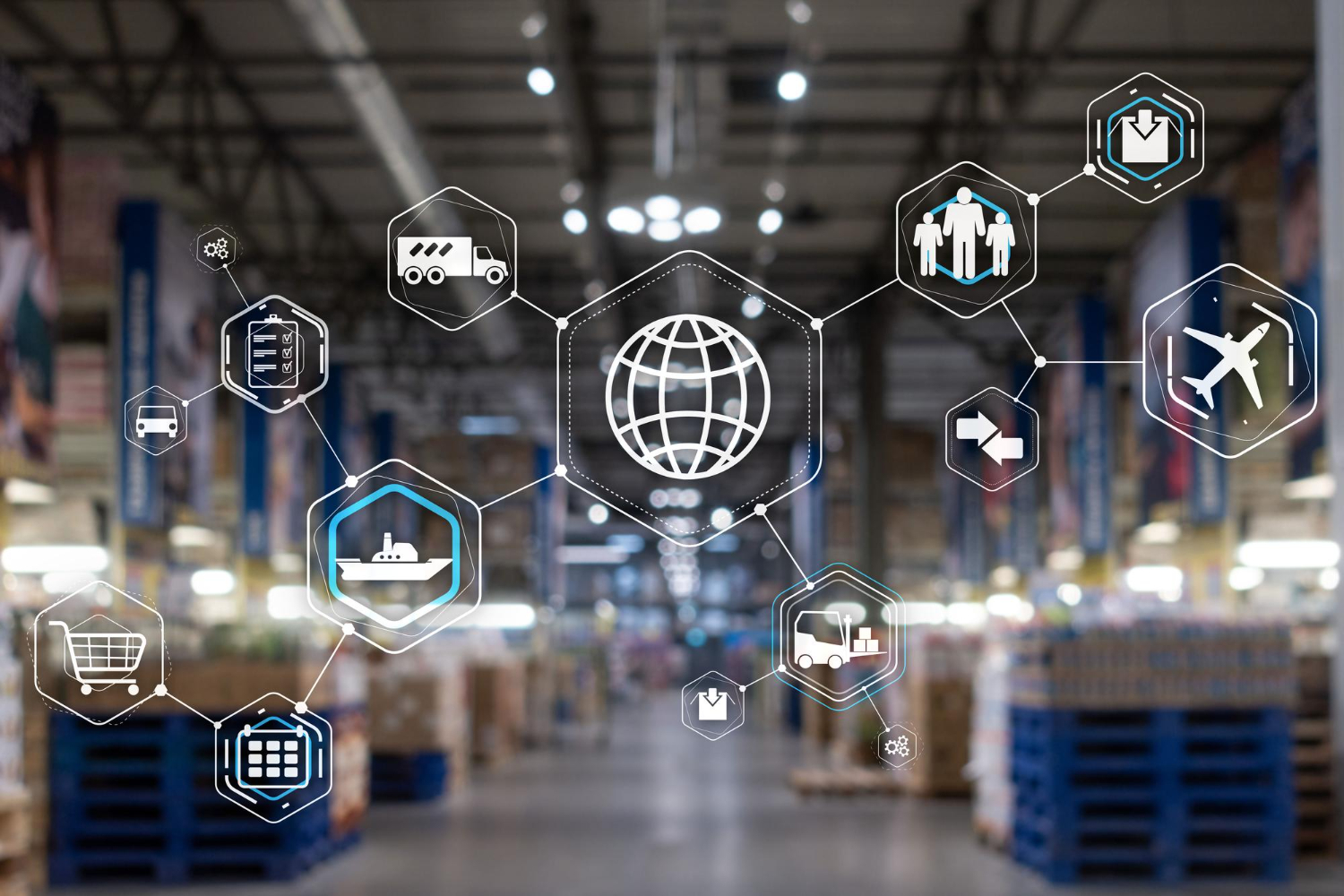Maximizing Efficiency: Integrating ERP with Other Business Applications and Systems
- fruiSCE
- /
- May 29, 2024
- /
- Views
In today's interconnected business landscape, organizations rely on a myriad of software applications and systems to manage various aspects of their operations. From customer relationship management (CRM) and supply chain management (SCM) to human resources (HR) and business intelligence (BI), each application plays a crucial role in supporting different functions within the organization. However, siloed systems can lead to inefficiencies, data discrepancies, and missed opportunities for collaboration. To overcome these challenges and unlock the full potential of their technology investments, organizations are increasingly turning to Enterprise Resource Planning (ERP) systems as a central hub for integrating disparate applications and systems. In this blog, we'll explore the benefits of integrating ERP with other business applications and systems and discuss best practices for achieving seamless integration.
Streamlined data flow and accuracy:
One of the primary benefits of integrating ERP with other business applications is the streamlining of data flow and ensuring data accuracy. By establishing bi-directional data synchronization between ERP and other systems, organizations can eliminate manual data entry, reduce the risk of errors, and maintain a single source of truth for critical business information. Whether it's customer orders, inventory levels, or financial transactions, integrated systems enable real-time data exchange, enabling timely decision-making and improved operational efficiency.
Enhanced visibility and Decision-making:
Integration between ERP and other business applications provides stakeholders with enhanced visibility into key business processes and performance metrics. By consolidating data from disparate systems into a unified dashboard or reporting interface, organizations can gain insights into cross-functional workflows, identify bottlenecks, and make data-driven decisions. Whether it's tracking sales pipeline progress, monitoring production schedules, or analyzing employee performance, integrated systems enable stakeholders to access relevant information conveniently and act swiftly to capitalize on opportunities or mitigate risks.

Improved Business process automation:
Integration enables seamless automation of business processes across different departments and systems, eliminating manual intervention and accelerating workflows. For example, integrating CRM with ERP allows sales teams to automatically generate sales orders, invoices, and customer records based on lead and opportunity data captured in the CRM system. Similarly, integrating HR systems with ERP enables automated employee on-boarding, payroll processing, and benefits administration, reducing administrative overhead and ensuring compliance with HR policies and regulations.
Optimized Supply Chain Management:
Integration between ERP and SCM systems enables organizations to optimize their supply chain processes and enhance collaboration with suppliers, distributors, and logistics partners. By sharing real-time inventory data, demand forecasts, and production schedules, organizations can minimize stockouts, reduce lead times, and improve order fulfillment rates. Additionally, integration facilitates seamless communication and coordination across the supply chain, enabling proactive problem-solving and agile response to changing market conditions or customer demands.
Seamless Customer experience:
Integrating CRM with ERP enables organizations to deliver a seamless and personalized customer experience across all touchpoints. By centralizing customer data and interaction history, organizations can provide sales and service teams with a holistic view of customer relationships, preferences, and needs. Whether it's processing orders, resolving support tickets, or managing warranty claims, integrated systems empower employees to deliver consistent and exceptional customer experiences, driving customer satisfaction, loyalty, and advocacy.

Best Practices for Integrating ERP with Other Business Applications and Systems:
Define Integration Objectives: Clearly define integration objectives, identify the systems to be integrated, and establish data mapping and synchronization requirements.
Select the right Technology: Choose integration technologies and tools that align with your organization's technical infrastructure, scalability requirements, and budget constraints.
Robust Security Measures: Establish data governance policies, data quality standards, and security protocols to ensure the confidentiality, integrity, and availability of integrated data.
Training and Change Management: Provide comprehensive training to users on integrated systems and processes, and communicate the benefits of integration to gain user buy-in and foster adoption.
Monitor Performance: Regularly monitor integration performance, measure key performance indicators (KPIs), and solicit feedback from stakeholders to identify opportunities for optimization and refinement.
Integrating CRM with ERP enables organizations to deliver a seamless and personalized customer experience across all touchpoints. By centralizing customer data and interaction history, organizations can provide sales and service teams with a holistic view of customer relationships, preferences, and needs. Whether it's processing orders, resolving support tickets, or managing warranty claims, integrated systems empower employees to deliver consistent and exceptional customer experiences, driving customer satisfaction, loyalty, and advocacy.
